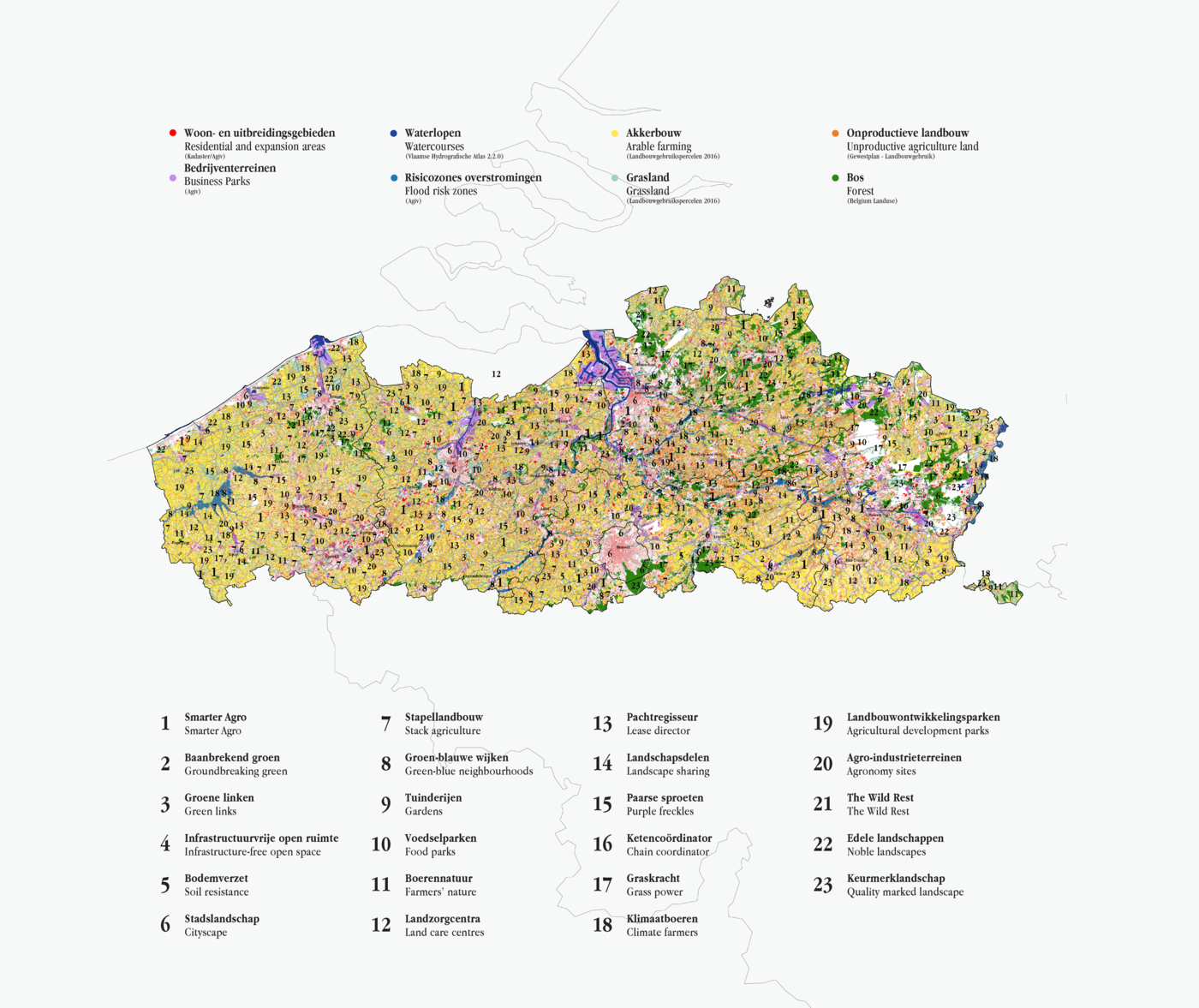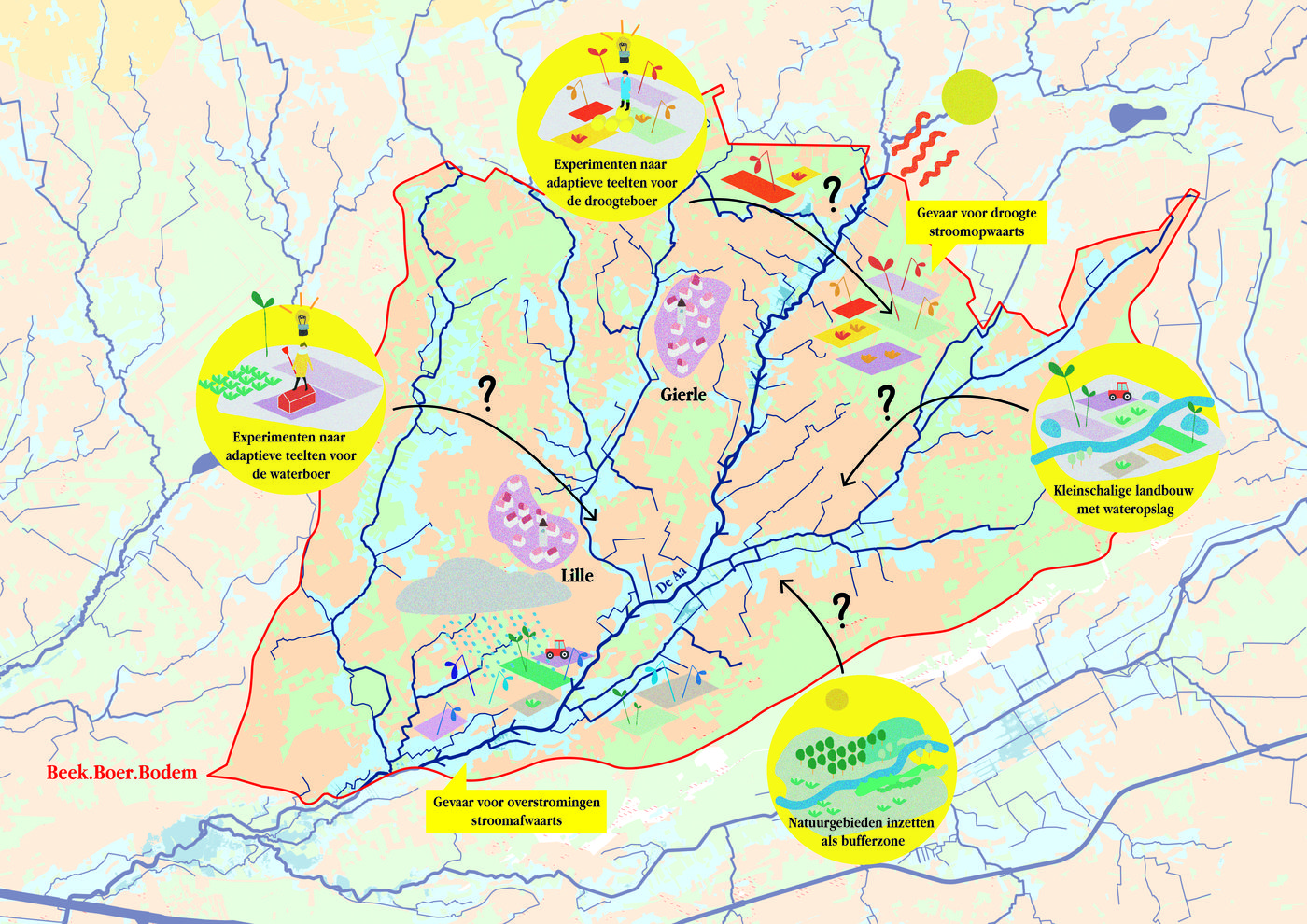

In these programs, manageable projects are defined which add up to a comprehensive transformation strategy. But those will need new practices and new coalitions to facilitate and execute them. It is imperative that the role of the (urban) designer broadens (again): beyond the plan on paper, towards a permanent involvement in the daily reality of legal and financial obstacles, precisely to better understand how to design. We see design agencies that are increasingly taking on the role of intermediaries in cooperative development projects. They act as mediators, legal and financial experts at the same time (for example, Miss Miyagi in Belgium or the VvE’s with energy in the Netherlands). We see that architects set up constructions in which they are material producers, designers and contractors so that they can rotate circular materials much more frequently (for example, Rotor or BC architects). We see new collaborations between designers, local authorities, citizens, organizations and universities in order to include social dimensions in conjunction with planned investments in urban development and management (for example, Endeavour, Stiemerbeekvallei or Mozaïek Dommelvallei). We see that "making city" goes hand in hand with new mechanisms such as rolling funds, neighbourhood non-profit organizations or cooperatives and hacks of existing subsidy or investment flows. Together with the Kopgroep Stedelijk Beheer (“Urban Management Group”), for example, AW is now investigating how a social "by-catch" can be generated when repairing or replacing the sewer system. Summed up, 15 billion Euros are spent annually in the Netherlands for managing the public space. These astronomical budgets can simultaneously realize the social, sustainability and circularity objectives. Only with our boots on the ground, we can shape an alternative regional and even a national approach. But these days, there is a procedural and legal "wall", with formatted structures such as tenders or competitions, between those who ask the questions (and thus define the framework) and those who compete to provide the best possible answer within the given framework. The design practice, which has the power to integrate tasks and translate them to socio-spatial qualities, is thus locked into a culture of single formats and competition. And this is while our challenges are increasingly complex and versatile. From that shared feeling, the Delta Atelier was created in 2018. Fifty practices, supported by the Flemish and Dutch governments, want to reposition the role of the design practice. Here, practices are given room to invest their capacity in knowledge exchange and in co-creatively formulating the most relevant questions or new ‘assignments’.